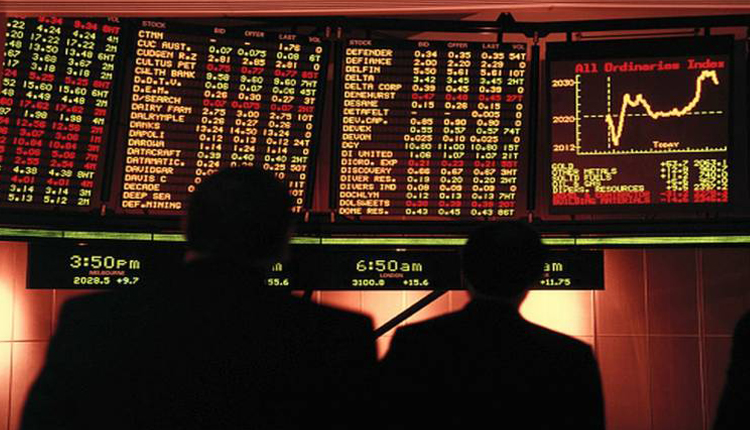Stocks in Asia were mixed on Friday after China’s GDP growth for the third quarter of 2018 came in below expectations.
After a turbulent morning, Greater China markets rebounded strongly, following a series of measures by China’s securities regulator to support the struggling stock market.
The Shanghai composite surged 2.58 percent to close at around 2,550.47, and the Shenzhen composite bounced 2.582 percent to end the trading day at about 1,263.81. Meanwhile, Hong Kong’s Hang Seng index rose 0.56 percent in afternoon trade.
A selloff in the mainland Chinese markets had occurred during the previous session on Thursday, with the Shanghai seeing its lowest point since November 2014 on Thursday morning.
In South Korea, the Kospi also saw a recovery from earlier losses, rising by 0.37 percent to close at 2,156.26.
Over in Japan, however, the Nikkei 225 slipped 0.56 percent to close at 22,532.08, while the Topix index declined by 0.69 percent to end the trading week at 1,692.85.
Down Under, the ASX 200 recovered from most of its earlier losses but still closed slightly lower at 5,939.5, with the heavily weighted financial subindex seeing gains of 0.43 percent.
Shares of most Australian banks saw gains, with the exception of National Australia Bank, which saw a decline of 0.27 percent. NAB’s CEO Andrew Thorburn had earlier announced that about 300 of its staff had been fired or left the company following internal investigations into wrongdoing.
China’s GDP numbers miss forecasts
China released its GDP figures for the third quarter of 2018, which showed economic growth slowing to 6.5 percent year-over-year.
The latest GDP announcement by the world’s second-largest economy missed expectations for a 6.6 percent in the quarter from July to September compared to a year earlier, according to analysts polled by Reuters. That is the weakest pace since the first quarter of 2009.”
“The combination of slower global economic growth, ongoing US-China geopolitical/trade concerns and the increased likelihood the FOMC raises the funds rate by more than is currently discounted (75bps over the next 12 months) is weighing on investment sentiment,” Elias Haddad, senior currency strategist at Commonwealth Bank of Australia, said in a morning note, referring to the Federal Open Market Committee.
Overnight on Wall Street, stocks saw steep declines and continued their generally poor performance for the month of October.
The CBOE Volatility Index (VIX), widely considered the best gauge of fear in the market, surged by 15.29 percent to 20.06 on Thursday. Last week, the index saw its highest level since February. The VIX measures implied volatility on S&P 500 index options.
Currencies and oil
The U.S. dollar index, which tracks the greenback against a basket of currencies, was at 96.070 in the afternoon following an overnight rally from above the 95.6 mark.
The Japanese yen was at 112.43 against the dollar after strengthening from levels above 112.5 yesterday. The Australian dollar was at $0.7106, following a decline from levels above 0.714 overnight.
In the oil markets, prices continued to see an increase in the afternoon of Asian trade. The global benchmark Brent crude futures contract rose by 0.37 percent at $79.58 per barrel, while the U.S. crude futures contract saw gains of 0.23 percent at $68.81 per barrel.
Source: CNBC


